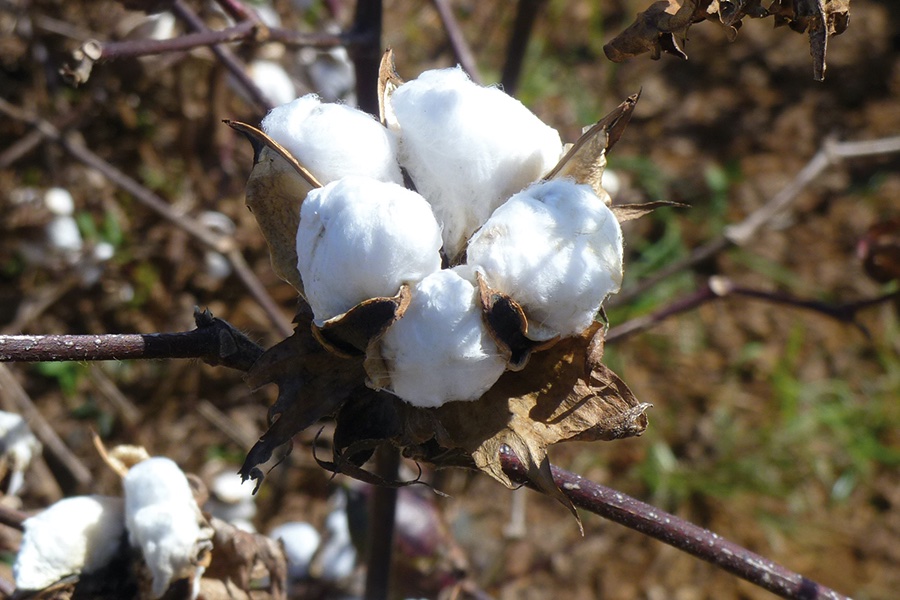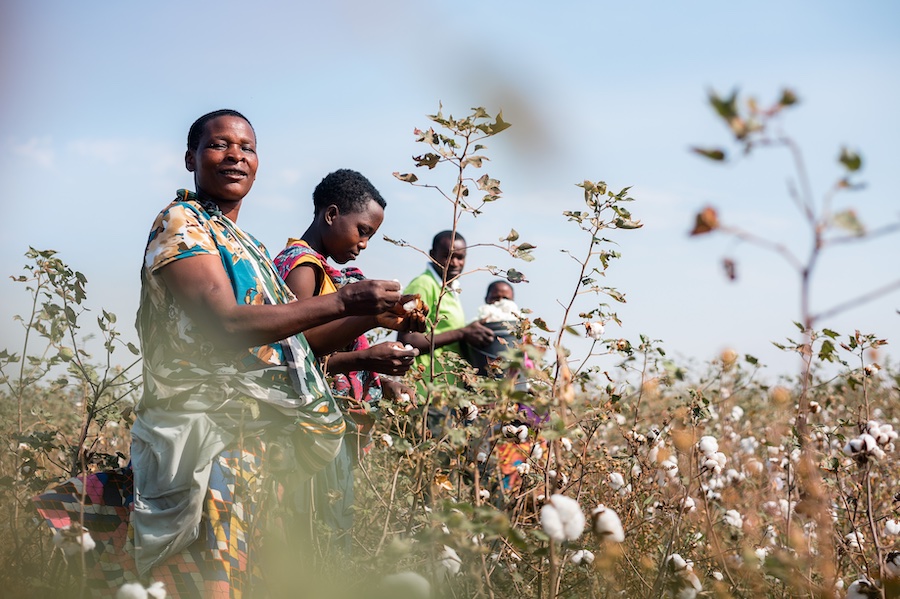#Raw Materials
Climate change demands new varieties, better water management, and flexibility
Executive Summary
The March 2023 edition of Cotton This Month:
- Addresses the devastating challenges of climate change
- Warns that farmers will need to improve their water management practices
- Explains how weather patterns are changing the places where cotton is grown
Rising temperatures and multiple 'storms of the century' will force the cotton industry to scramble for solutions, and everyone will need to chip in. It starts with scientists, who will be tasked with developing more durable and resilient varieties. Farmers will need to improve their water management and adopt regenerative agriculture techniques, and textile manufacturers need to choose more natural fibres. Everyone in the cotton supply chain has a role to play — as indeed, do all humans — even if it's nothing more than making better choices when we shop.
One of the most significant changes climate change has brought is where cotton is grown. As weather patterns change, places where cotton is currently grown are becoming too hot (or too dry, or too wet) so farmers are moving to areas where the climate is better suited to cotton. Of course, picking up a field, family and life to move elsewhere isn't an option for everyone, which will add to the challenges the cotton industry faces going forward.
On the bright side, as the headline indicates, there are tools at our disposal to mitigate the impacts of climate change. Whether or not humanity makes the right choices remains to be seen, but at least we have options.
Price Projections
The Secretariat’s current price forecast of the season-average A index for 2022/23 ranges from 85.39 cents to 124.65 cents, with a midpoint at 101.57 cents per pound. The price projection for 2022/23 is based on the ending stocks-to-mill use ratio in the world-less-China in 2020/21 (estimate), in 2021/22 (estimate) and in 2022/23 (projection), on the ratio of Chinese net imports to world imports in 2021/22 (estimate) and 2022/23 (projection), and the average price in 2021/22. The projection reflects a 95% confidence interval.
Cotton This Month is published at the beginning of the month with the Cotton Update published mid-month. The Cotton Update is a mid-month report with updated information on supply/demand estimates and prices. The next Cotton Update will be released on 15 March 2023. The next Cotton This Month will be released on 3 April 2023.







canva-900-1.jpg)






